Researchers in the USA have trained giant rats to sniff out trafficked wildlife like pangolin scales, aiding the fight against smuggling.
From Frontiers 02/11/24 (first released 30/10/24)
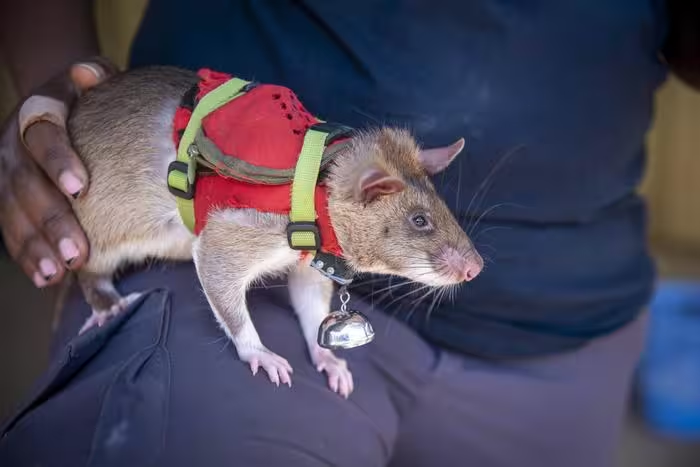
In the past, African giant pouched rats have learned to detect explosives and the tuberculosis-causing pathogen.
Now, a team of researchers have trained these rats to pick up the scent of pangolin scales, elephant ivory, rhino horn, and African blackwood.
These animals and plants are listed as threatened and at high danger of extinction.
“Our study shows that we can train African giant pouched rats to detect illegally trafficked wildlife, even when it has been concealed among other substances,” said Dr Isabelle Szott, a researcher at the Okeanos Foundation, and first co-author of the study published in Frontiers in Conservation Science.
“The rats also continued to detect the wildlife targets after not encountering that species for a long period,” added first co-author Dr Kate Webb, an assistant professor at Duke University.
The research for the present study was conducted at APOPO, a Tanzania-based, non-profit organization that provides a low-tech, cost-efficient solutions to pressing humanitarian challenges.
Ratting out wildlife trafficking
The rats – Kirsty, Marty, Attenborough, Irwin, Betty, Teddy, Ivory, Ebony, Desmond, Thoreau, and Fossey; some of them named after conservationists and advocates against wildlife trafficking – underwent several training stages.
During indication training, the rats learned to hold their noses for several seconds in a hole in which the target scent was placed.
When they correctly performed this ‘nose poke’ they were rewarded with flavored rodent pellets.
In the next step, the rats were introduced to non-target odors.
These included electric cables, coffee beans, and washing powder – objects that are frequently used to mask the scent of wildlife in real-life trafficking operations.
“During the discrimination stage, rats learn to only signal the odors of the wildlife targets, while ignoring non-targets,” Szott said.
The rats were also trained to remember smells.
At the end of their retention training, they were re-introduced to scents they’d not encountered for five and eight months, respectively.
Despite months of non-exposure, the rats showed perfect retention scores, suggesting that their cognitive retention performance resembles that of dogs.
By the end of the training, eight rats were able to identify four commonly smuggled wildlife species among 146 non-target substances.
Rats in action
“Existing screening tools are expensive and time intensive and there is an urgent need to increase cargo screening.”
“APOPO’s rats are cost-efficient scent detection tools.”
“They can easily access tight spaces like cargo in packed shipping containers or be lifted up high to screen the ventilation systems of sealed containers,” Szott explained.
The next step, the scientists said, is to develop ways for the rats to work within ports through which smuggled wildlife is trafficked.
For this purpose, the rats will be outfitted with custom-made vests.
With their front paws, they will be able to pull a small ball attached at the chest of their vest, which emits a beeping sound.
This way rats will be able to alert their handlers when they detect a target.
“The vests are a great example of developing hardware that could be useful across different settings and tasks, including at a shipping port to detect smuggled wildlife,” said Webb.
This proof-of-principle study demonstrates that rats can successfully identify trafficked wildlife.
“This does not mean that it comes without limitations,” the researchers said.
For example, the study was conducted in a controlled environment, which is not reflective of the settings in which wildlife is commonly trafficked or screened by scent-detection animals.
To deploy rats for this task, new methods need to be developed, the researchers pointed out.
“Wildlife smuggling is often conducted by individuals engaged in other illegal activities, including human, drug, and arms trafficking.”
“Therefore, deploying rats to combat wildlife trafficking may assist with the global fight against networks that exploit humans and nature,” concluded Webb.
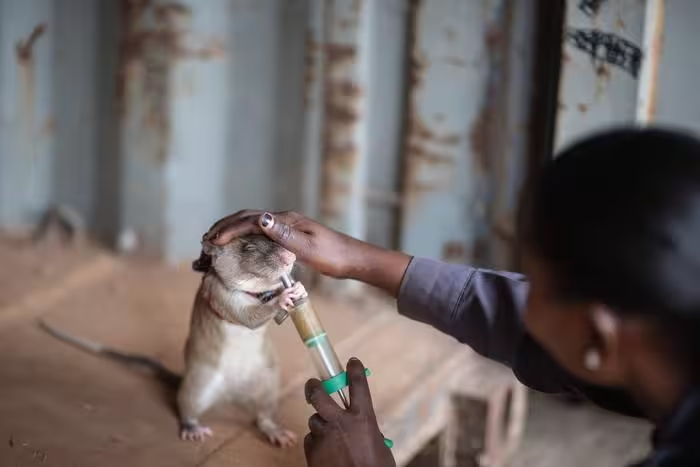
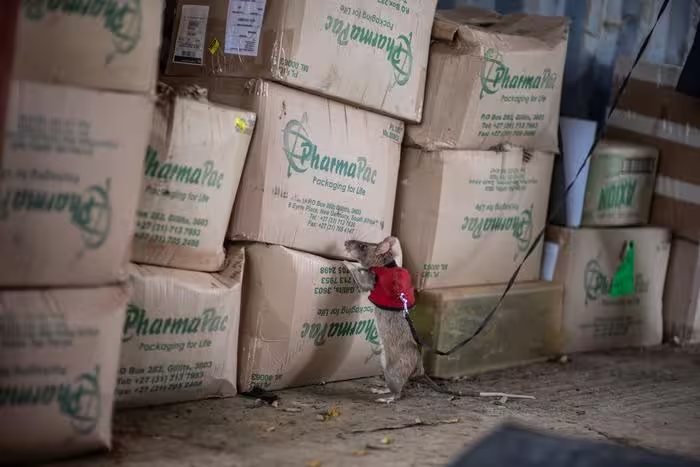
More info
You may also be curious about:
-
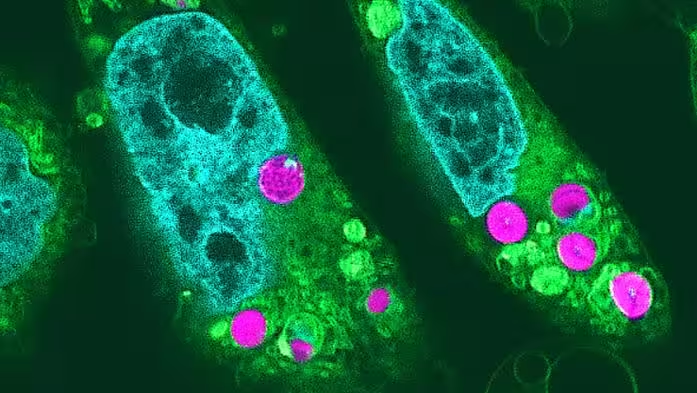
Solar-powered animal-plant hybrid cells
-
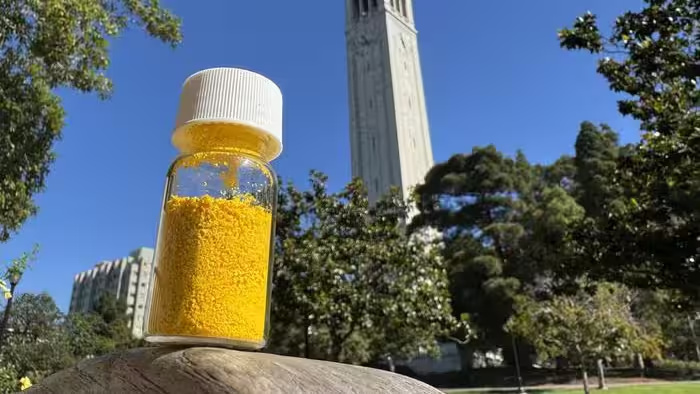
Capturing carbon from the air just got easier
-

Dolphins sense military sonar at much lower levels than regulators predict
-

What standing on one leg can tell you
-

Growing number of Canadian households contain dangerous levels of radon gas
-
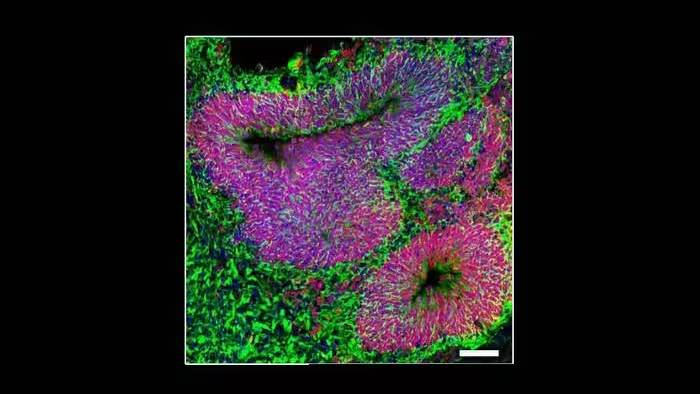
“Human mini-brains” reveal autism biology and potential treatments
-

Sleep experts call for UK to abolish twice-yearly clock changes
-

Physicists discover first “black hole triple”
-

With “electro-agriculture,” plants can produce food in the dark and with 94% less land, bioengineers say
-

People hate stories they think were written by AI. Even if they were written by people
-

Scientists discover fastest degrading bioplastic in seawater
-

Catching prey with grappling hooks and cannons

Great analysis! While we’re sharing discoveries, Sprunki OC offers endless musical possibilities.